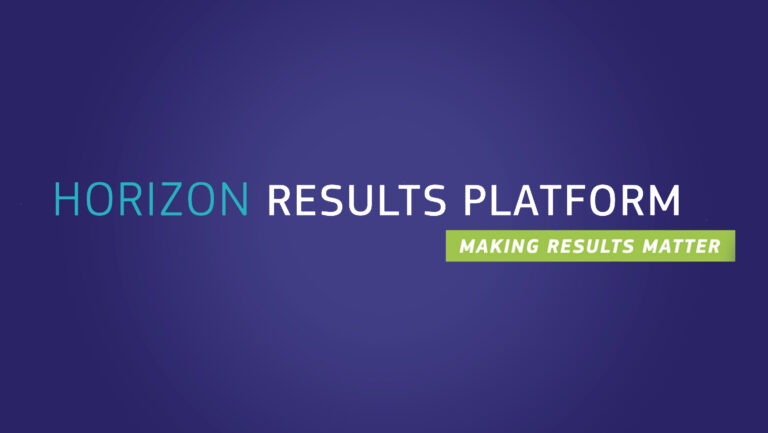Result description
Our computer models are extensive knowledgebases of the molecular components of yeast metabolism. They offer a comprehensive representation of the interactions between genes, enzymes and metabolites that exist inside of cells. They also enable quantitative exploration of the effects of environmental and/or genetic perturbations on cell phenotypes. These models can be used in the prediction of production capabilities for desired chemicals using microbes as cell factories. Additionally, they provide a structured framework for guiding metabolic rewiring to enhance production levels up to industrially relevant quantities.
Addressing target audiences and expressing needs
- Business partners – SMEs, Entrepreneurs, Large Corporations
- Collaboration
We are seeking collaboration to widen the applicability and utilisation of the extended yeast genome-scale metabolic models developed in CHASSY given their potential in many different research and industrial contexts.
- Other Actors who can help us fulfil our market potential
- Research and Technology Organisations
- Academia/ Universities
R&D, Technology and Innovation aspects
Our models have been independently validated with experimental data from each of our three studied yeast species, and published in specialized scientific journals. Incorporation of enzyme kinetic data and high-throughput proteomics data has been achieved and helped to improve phenotype predictions. These models are currently used by the CHASSY members in Chalmers University of Technology, UCC and TU Delft, as well as several other international research institutions, to guide metabolic engineering for bioproduction of more than 100 industrially relevant compounds. Moreover, the models developed for CHASSY have been embedded into the web-based application Caffeine, developed by Horizon 2020 project “DD-decaf” (grant No. 686070), facilitating visualization, manipulation and utilisation of our models even for non-expert users.
In terms of next steps, we want to continue improving the interaction and compatibility of our models with several web-based platforms and specialized software for metabolic modelling to increase their impact on research and biotechnology industries.
Result submitted to Horizon Results Platform by CHALMERS TEKNISKA HOEGSKOLA AB

